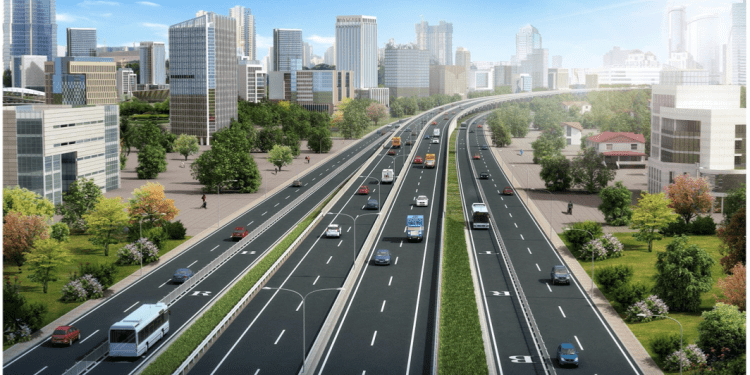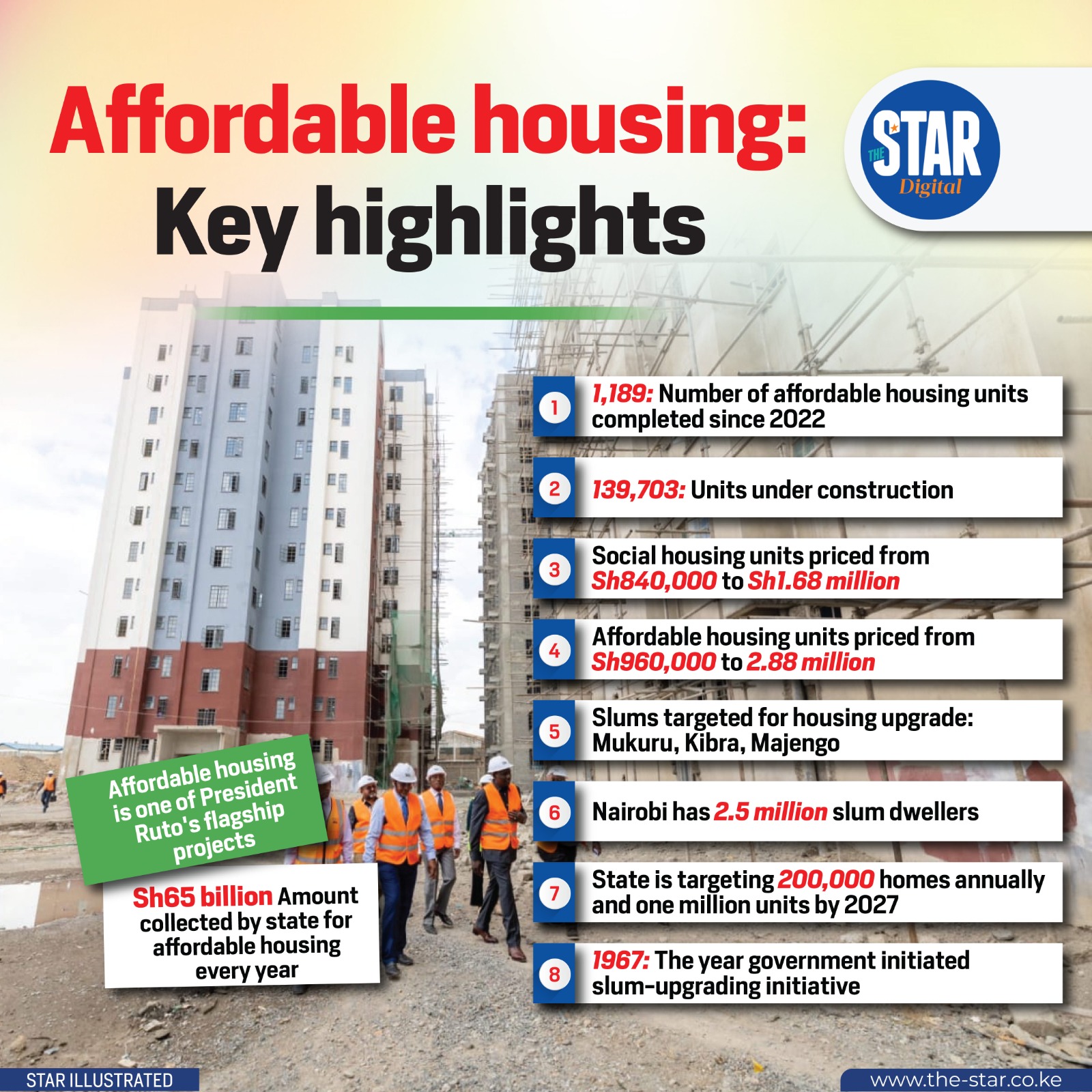Nairobi, a bustling economic hub in East Africa, has long been synonymous with crippling traffic congestion. The JKIA-Westlands Expressway, a major infrastructure project launched to alleviate this notorious "traffic menace," brought with it immense hope for improved urban mobility. As we delve into 2025, it’s crucial to assess whether this ambitious project has indeed solved Nairobi's traffic woes and what its broader impact has been on the city's real estate, accessibility, and economic life. This blog post provides an evaluation of the Expressway's effectiveness and its multifaceted consequences.
1. The Promise of the JKIA-Westlands Expressway
The 27.1-kilometer elevated expressway, stretching from Jomo Kenyatta International Airport (JKIA) to Westlands, was conceived as a solution to Nairobi's persistent traffic gridlock along the busy Mombasa Road. Its primary objectives were:
- Reduce Commute Times: Significantly cut down travel time between the airport and the city center.
- Ease Congestion: Divert traffic from the lower Mombasa Road, thereby reducing overall congestion for other road users.
- Improve Business Efficiency: Enhance logistical flow for businesses, particularly those reliant on airport access.
- Boost Economic Growth: Facilitate faster movement of people and goods, contributing to increased productivity and investment.
It was heralded as a symbol of modern infrastructure development and a critical step towards enhancing Nairobi's status as a regional economic powerhouse.
2. Has It Solved the Traffic Menace in 2025? A Mixed Verdict
In 2025, the verdict on the Expressway's success in solving Nairobi's traffic menace is nuanced:
- Success for Expressway Users: For those who opt to use the toll road, commute times have indeed been drastically reduced. Travel from JKIA to Westlands, which could previously take hours, can now be completed in minutes during peak hours. This has significantly benefited business travelers and those needing fast transit.
- Partial Relief for Lower Road: The lower Mombasa Road has experienced some level of decongestion, particularly at certain choke points. However, this relief is often temporary or localized. As population and vehicle numbers continue to grow, the "induced demand" phenomenon means that any freed-up road space is quickly filled by new traffic.
- Shifting Bottlenecks: While the Expressway has eased traffic on its direct path, it has sometimes shifted bottlenecks to feeder roads and intersections where traffic merges or exits the elevated highway.
- Cost Factor: The toll charges mean that not all commuters can afford to use the Expressway daily, limiting its widespread impact on overall traffic patterns for the majority of the population. Many still use the lower road due to cost considerations.
- Lack of Integrated Public Transport: The Expressway is primarily for private vehicles and does not directly solve the fundamental issue of inadequate mass public transportation. A holistic solution requires robust bus rapid transit (BRT) systems and improved commuter rail.
- Continuous Urban Growth: Nairobi's population continues to grow at a rapid pace, coupled with increasing vehicle ownership. This continuous influx of people and cars inherently puts pressure on any new infrastructure, however impressive.
In conclusion, while the Expressway has brought significant relief to its users and improved specific corridors, it has not single-handedly solved Nairobi's overarching traffic menace. It is a critical component of a larger, evolving solution.
3. Broader Impact on Urban Mobility and Real Estate Access
Beyond traffic flow, the Expressway has had a profound impact on urban mobility and real estate:
- Enhanced Access to JKIA: The most tangible benefit is the seamless access to the airport, making Nairobi a more attractive destination for international business and tourism.
- Increased Desirability of Satellite Towns: Areas further along Mombasa Road and beyond, which were previously undesirable due to long commutes, have become more accessible. This has fueled residential development in satellite towns like Syokimau, Athi River, and Machakos Junction, as residents can now quickly access the city center via the Expressway.
- Boost for Logistics and Industrial Real Estate: Businesses in the industrial zone along Mombasa Road and those reliant on port or airport logistics have greatly benefited from faster transit times, making warehouses and logistics parks in these areas more attractive.
- Premium on Locations Near Expressway Exits/Entries: Properties located near Expressway exits and entry points have seen an increase in desirability and, consequently, property values, due to the enhanced connectivity.
- Catalyst for Mixed-Use Developments: The improved infrastructure encourages the development of mixed-use properties that integrate residential, commercial, and retail components, leveraging the enhanced accessibility.
The Expressway has effectively expanded Nairobi's economic and residential footprint, pulling development further out along its corridor.
4. The Path Forward: Beyond the Expressway in 2025
To truly tackle Nairobi's traffic challenges and foster sustainable urban growth, the Expressway must be viewed as part of a larger, integrated strategy in 2025 and beyond:
- Investment in Mass Public Transport: Prioritizing the implementation and expansion of efficient and affordable public transport systems like BRT and commuter rail is paramount.
- Integrated Urban Planning: Developing and enforcing master plans that account for population growth, infrastructure needs, and sustainable land use.
- Non-Motorized Transport: Investing in pedestrian walkways and cycling lanes to encourage alternative modes of transport.
- Smart Traffic Management Systems: Utilizing technology for real-time traffic monitoring, intelligent signaling, and incident management.
- Decentralization of Services: Encouraging the development of commercial and recreational hubs in satellite towns to reduce the need for daily commutes to the CBD.
Conclusion: A Significant Artery, Not a Complete Cure
The JKIA-Westlands Expressway has undoubtedly delivered on its promise of significantly improving transit times for its users and has had a transformative impact on urban mobility and real estate accessibility along its corridor. For Nairobi in 2025, it stands as a vital artery. However, it has not, and could not, single-handedly solve the city's complex and ever-growing traffic menace. Its effectiveness highlights the need for continued, strategic investment in a comprehensive and integrated urban transport system, alongside robust urban planning, to ensure Nairobi's sustainable growth and continued prosperity. The Expressway is a testament to what is possible, but also a reminder that the journey to a traffic-free Nairobi is a multi-faceted and ongoing endeavor.




